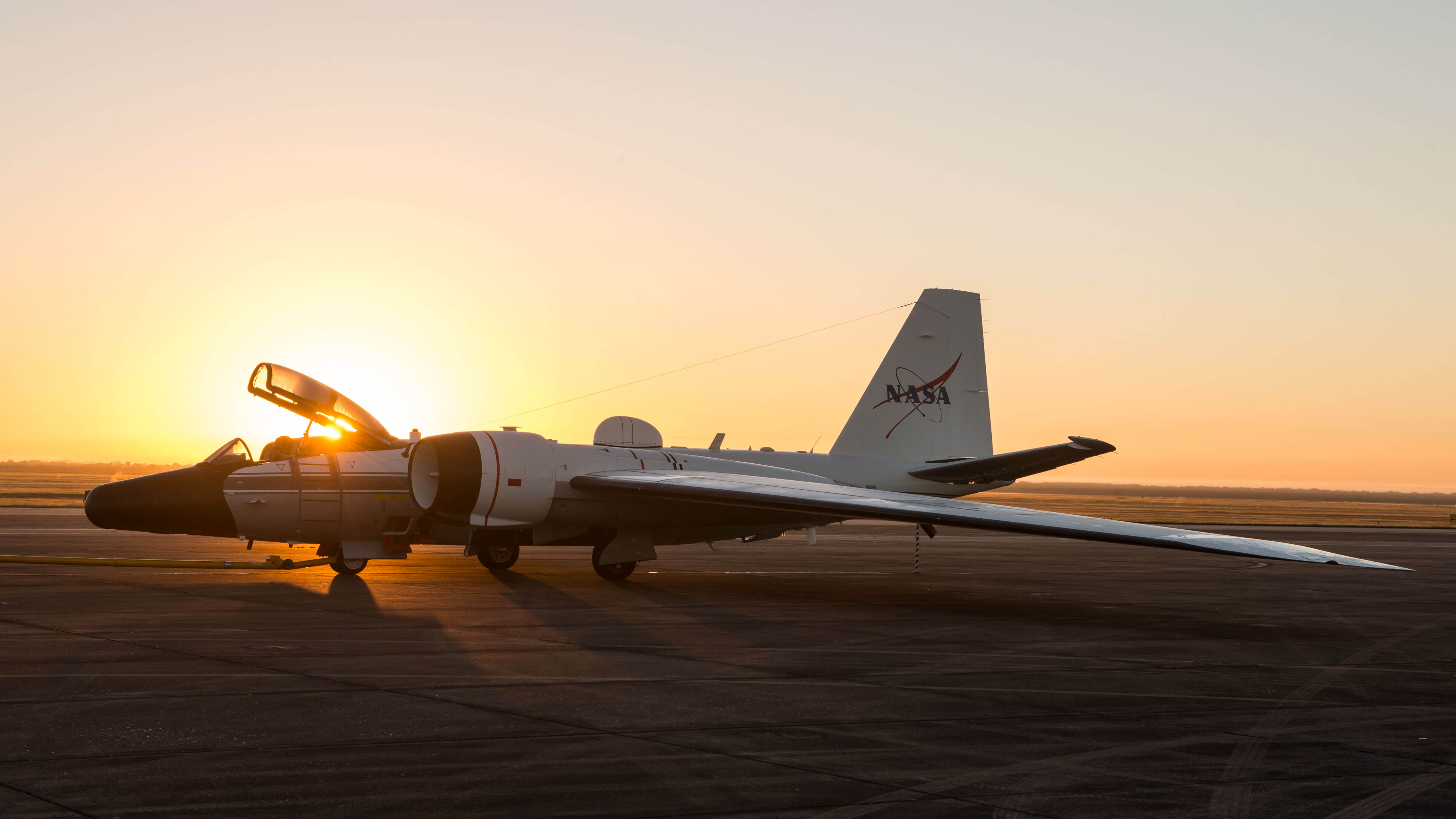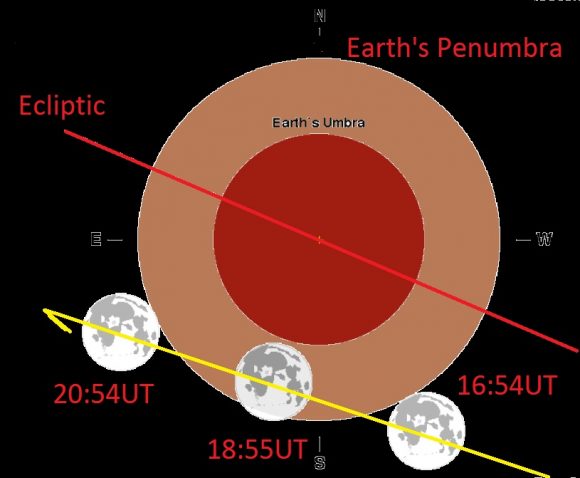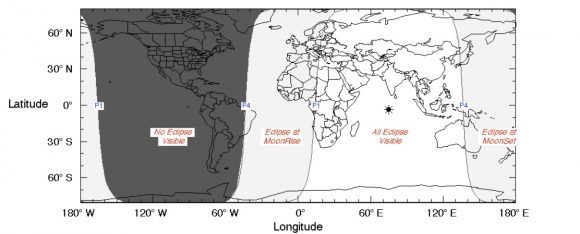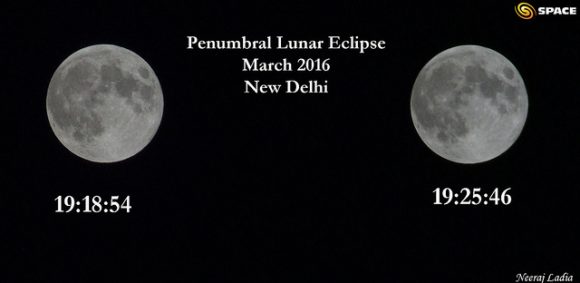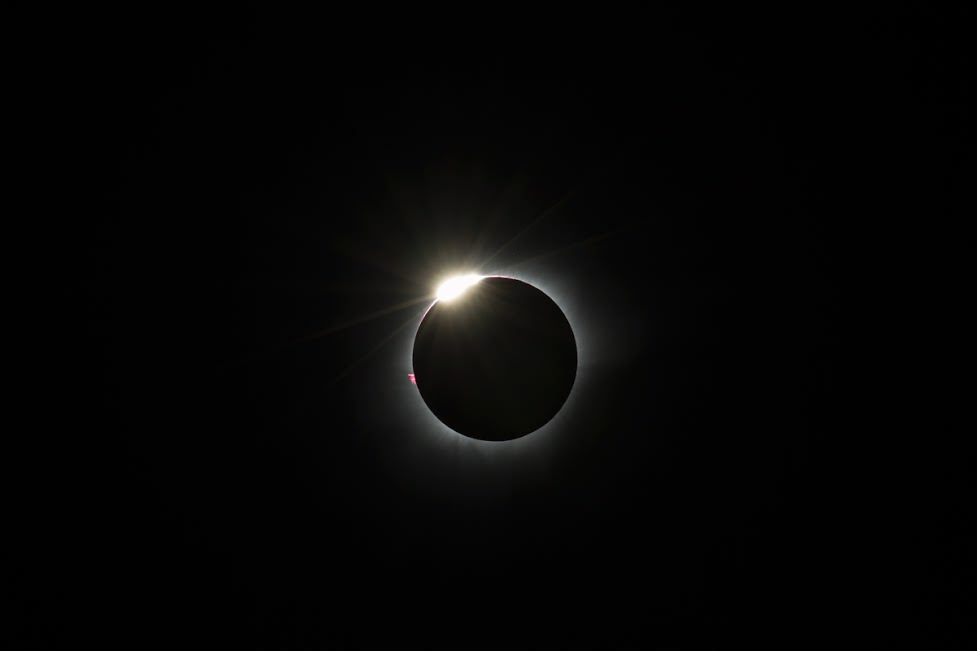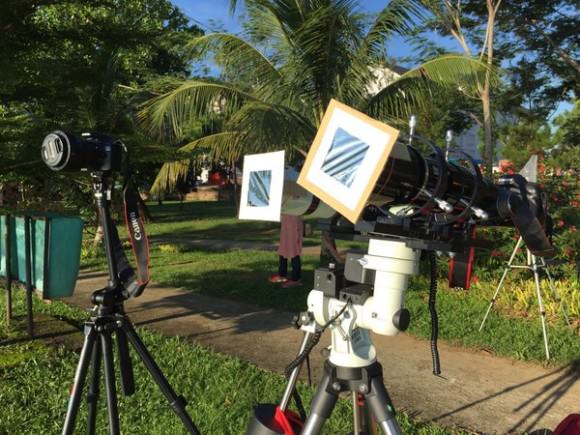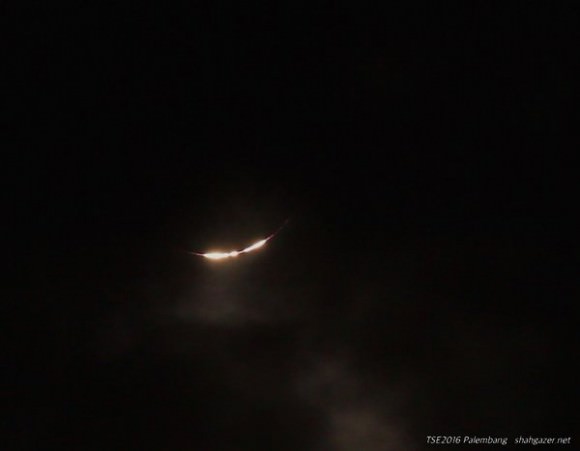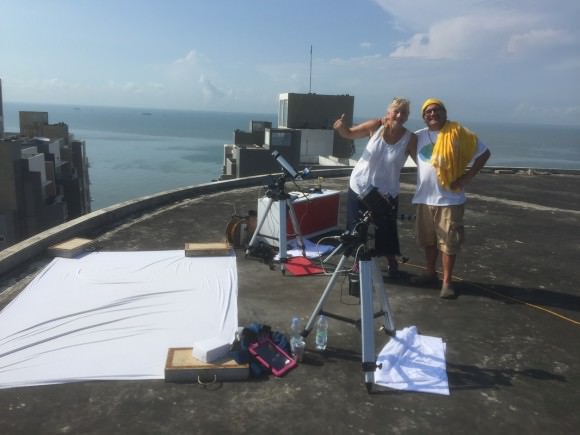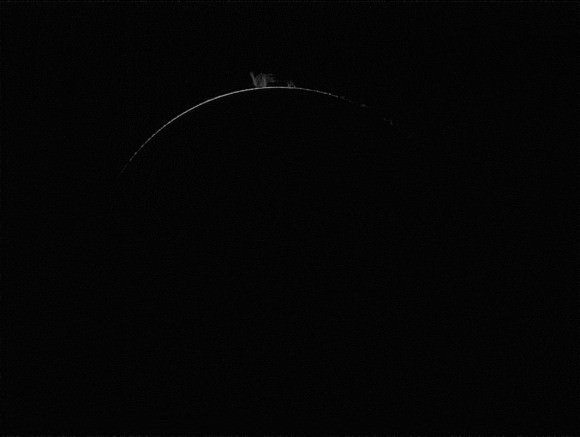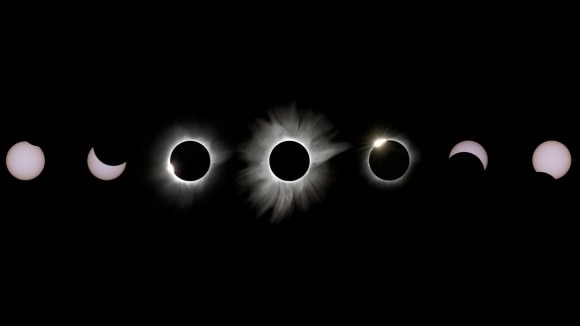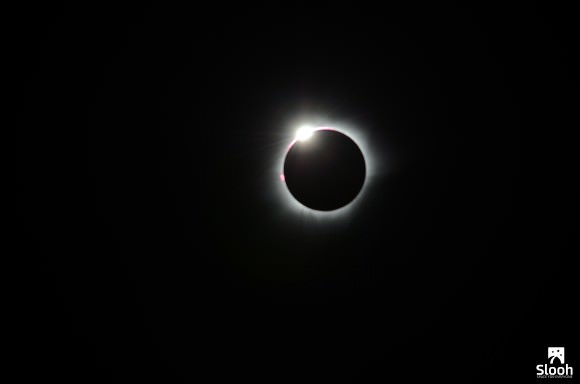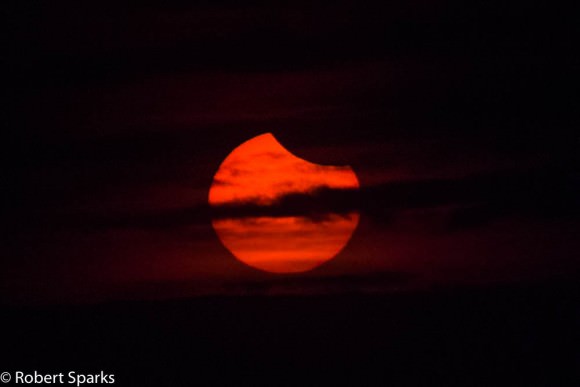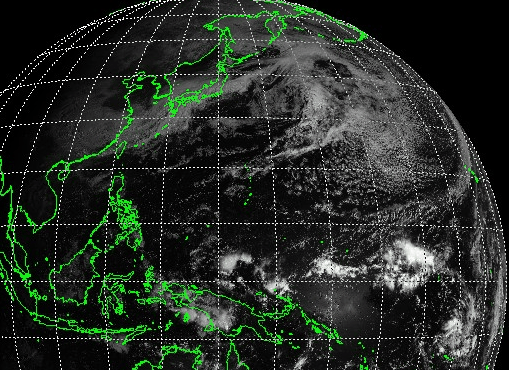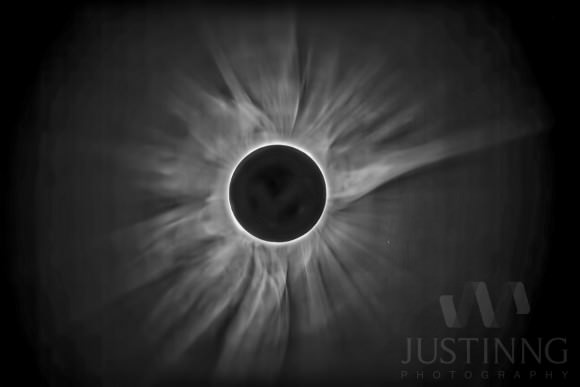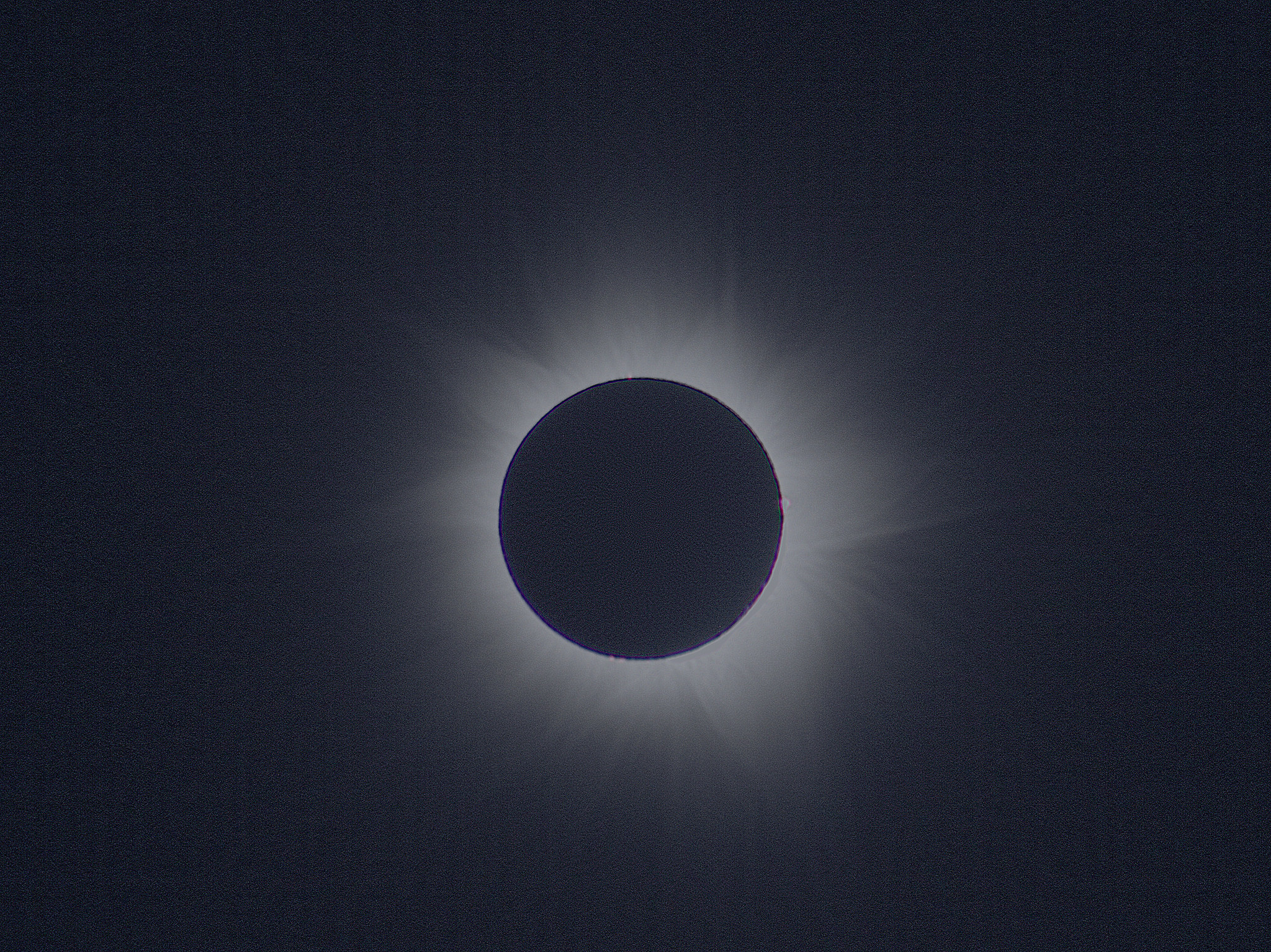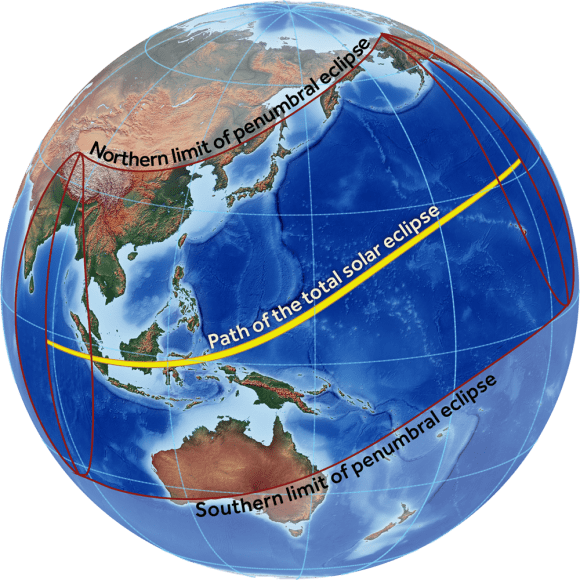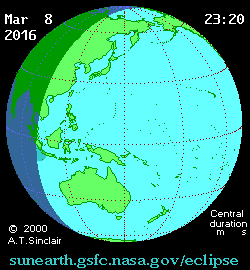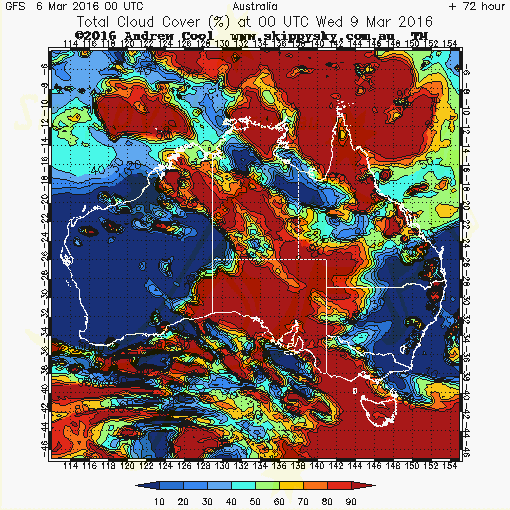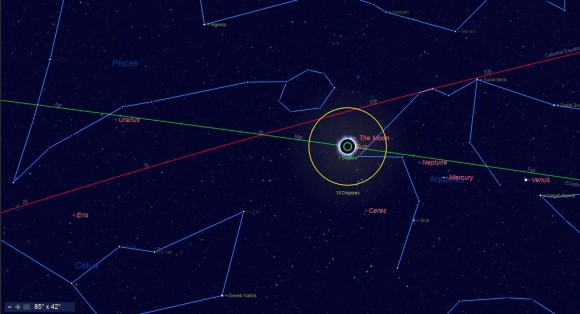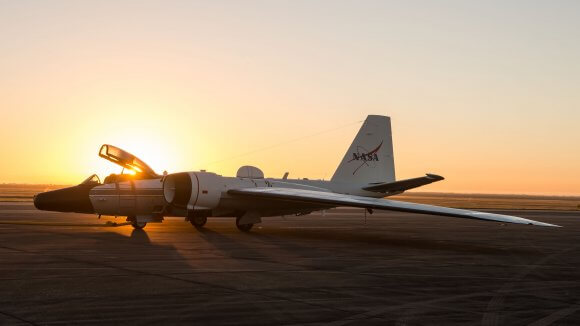
In a classic swords-to-plowshares move, two converted WB-57F aircraft flown by NASA’s Airborne Science Program will greet the shadow of the Moon as it rushes across the contiguous United States on Monday, August 21st on a daring mission of science.
“We are going to be observing the total solar eclipse with two aircraft, each carrying infrared and visible light cameras taking high definition video,” Southwest Research Institute (SwRI) Principal Investigator on the project Amir Caspi told Universe Today. “These will be the highest quality observations of their kind to date, looking for fast dynamic motion in the solar corona.”
Total solar eclipses provide researchers with a unique opportunity to study the solar corona – the ghostly glow of the Sun’s outer atmosphere seen only during totality. NASA plans a battery of experiments during the eclipse, including plans to intercept the Moon’s shadow using two aircraft near the point of greatest totality over Carbondale, Illinois. Flying out of Ellington Field near Houston Texas and operated by NASA’s Johnson Spaceflight Center, NASA is the only remaining operator of the WB-57F aircraft.
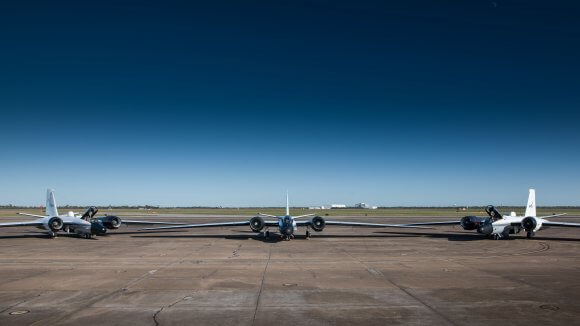
Flying at an altitude of 50,000 feet, the aircraft will intercept the 70 mile wide shadow of the Moon. The shadow will be moving at 1,400 miles per hour – twice the speed of sound – versus the WB-57F aircraft’s max speed of 470 miles per hour. The flight will extend the length of totality from the 2 minutes 40 seconds seen on the ground, to a total of about 8 minutes between the two aircraft.
The two converted WB-57F Canberra tactical bombers will track the eclipse using DyNAMITE (Day Night Airbourne Motion Imagery for Terrestrial Environments), two tandem gimbal-mounted 8.7-inch imagers, one for visible light and one for infrared. These are located in the nose of the aircraft and will shoot 30 frames per second.
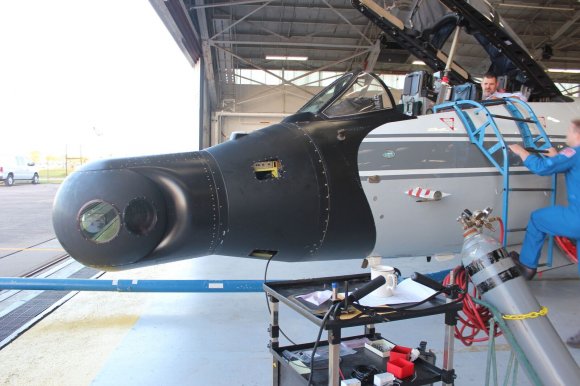
This system was originally designed about a decade ago to chase down the U.S. Space Shuttle during reentry following the 2003 Columbia disaster and has, on occasion, provided amazing footage SpaceX Falcon-9 Stage 1 returns during reentry.
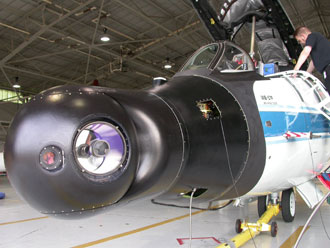
The solar corona is about as bright as the Full Moon, and the team plans to make a precise ‘map’ of the solar corona in an effort to understand just how the corona interacts with the solar photosphere and the chromosphere. Of particular interest is understanding how wave energy and ‘nanoflares’ heat the solar corona.
“What we’re hoping to learn is what makes the corona so hot, with temperatures of 1 to 2 million degrees Celsius — or even 4 to 10 million degrees Celsius in some regions — far hotter than the photosphere below,” Caspi told Universe Today. “What keeps it organized in terms of structure? Why don’t we see a snarled, tangled mess?”
As a secondary objective, the team will also make observations of the planet Mercury in the infrared 30 minutes before and after totality, located 11 degrees to the east of the Sun during the eclipse. Mercury never strays far from the Sun, making it a tough target to study in the infrared as seen from the Earth.
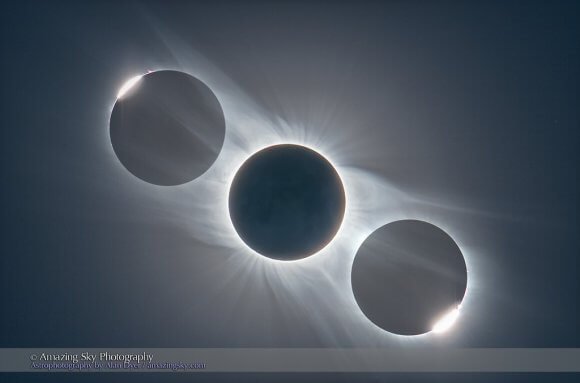
And of course, all of this has to happen during the scant few minutes up to and during totality. Each aircraft will fly just inside opposite ends of the shadow of the Moon in a challenging long distance precision formation.
The WB-57F aircraft will also participate in a tertiary objective, hunting for Vulcanoid asteroids near the Sun during the eclipse. Though the 19th century idea of a tiny inter-Mercurial world perturbing Mercury’s orbit was banished to the dust bin of astronomical history by Einstein’s general theory of relativity, there’s still room for undiscovered asteroids dubbed ‘Vulcanoids’ close in to the Sun. NASA flew observations hunting for Vulcanoids aboard modified F-18 Hornet aircraft in 2002 scanning twilight realms near the Sun, and came up with naught.
Eclipse chaser Landon Curt Noll noted during an interview with Universe Today in 2015 that NASA’s Solar Heliospheric Observatory SOHO mission has pretty much ruled out objects brighter than +8th magnitude near the Sun, which translates into asteroids 60 kilometers in diameter or larger.
“We have searched down to magnitude +13.5,” Noll told Universe Today. “Assuming the objects are ‘Mercury like’ in reflectivity (in) the Vulcanoid zone (0.08 to 0.18 AU from the Sun), the search has looked for and failed to find objects as small as 2 to 6 kilometers in diameter.” NASA’s Mercury Messenger carried out a similar search en route to the innermost planet.
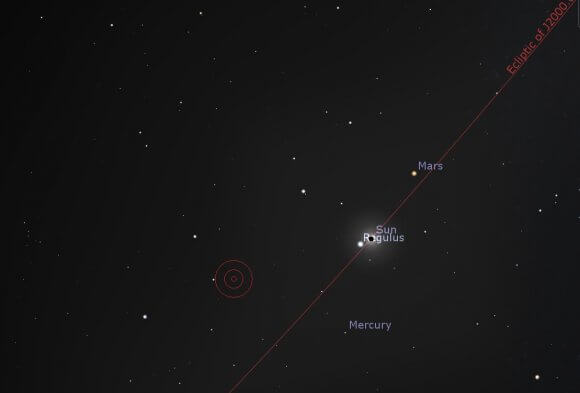
Knoll has scoured the sky near the eclipsed Sun with a specialized near-infrared telescope rig during the 2006 total solar eclipse over Libya. Next month, he plans to continue his quest from a site near Jackson Hole, Wyoming.
The action leading up to the the long awaited August 21st total solar eclipse begins at 17:16 Universal Time (UT)/ 10:16 AM Pacific Daylight Saving Time (PDT), when the Moon’s dark inner shadow or umbra touches down along the Oregon Pacific coast. From there, the 70 mile wide shadow will race eastward, gracing 14 states (just nicking Iowa and Montana) before departing land over the Atlantic coast of South Carolina 92 minutes later. Viewers along the path will witness a maximum totality of 2 minutes and 40 seconds, centered on a location very near Carbondale, Illinois. Millions are expected to make the pilgrimage to the eclipse path, while those outside the path in the remainder of North America as well as northern South America, western Africa, Europe and northeast Asia will see varying levels of a partial solar eclipse.
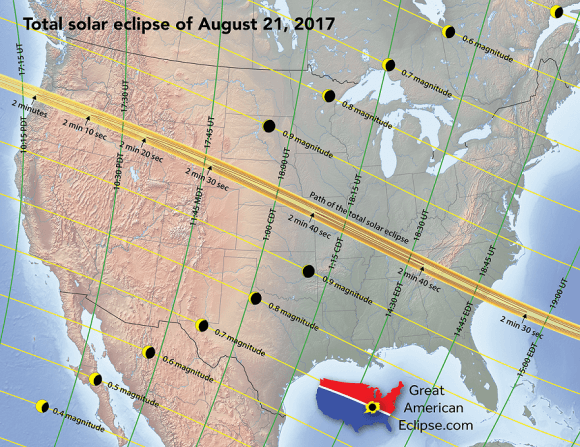
This is the end of a long “total solar eclipse drought” for the United States, marking the first time totality touched the continental United States since February 26, 1979, (totality crossed Hawaii on July 11th, 1991). The last total solar eclipse to cross the United States from coast-to-coast was June 8th, 1918.
NASA has a long history of airborne astronomy campaigns. Noll notes that NASA’s Stratospheric Observatory for Infrared Astronomy (SOFIA) flying observatory based out of Armstrong research center would make an ideal platform for Vulcanoid hunting during totality. Looking at SOFIA’s flight schedule, however, reveals no plans to carry out such a chase on August 21st. SOFIA’s predecessor, the Kuiper Observatory built into a U.S. Air Force C-141 Starlifter discovered the rings of Uranus during a stellar occultation in 1977.
“This is the first use of DyNAMITE and NASA’s WB-57F platform for astronomy,” Caspi told Universe Today. “This showcases the potential for the platform for possible future observations.”
The DyNAMITE/WB-57B campaign will also be part of the live NASA TV webcast on eclipse day.
Airborne total solar eclipse chasing goes all the way back to August 19th 1887, when Dmitri Mendeleev (he of the periodic table) observed totality from aloft. There’s a great old video of an effort to chase a 1925 total solar eclipse using the airship the USS Los Angeles:
A team also chased a total solar eclipse across North Africa on June 30th, 1973 aboard a supersonic Concorde:
Today, you can even book a ticket for an eclipse-chasing experience aloft. Alaska Airlines plans to attempt to duplicate its 2016 success, and will once again chase totality with a lucky few observers aboard next month.
As for us, we’re planning on watching the eclipse from terra firma at the Pisgah Astronomical Research Institute (PARI) in North Carolina while intrepid researchers fly high above. Watch for our complete eclipse guide out around July 21st on Universe Today and an update on weather prospects, solar activity etc. about a week prior. Finally, we’ll have an after action report out post total solar eclipse, with reader images from across the country.
-This promises to be a total solar eclipse for the ages. Don’t miss the Great American Eclipse!
-Also, be sure to check out the Eclipse MegaMovie Project.
-Read more about the August 21st total solar eclipse and the true tale of Vulcan, Totality and Edison’s Chickens in our free e-guide to 101 Astronomical Events for 2017, out from Universe Today.
-Be sure to read our original tales of eclipse science fiction.

